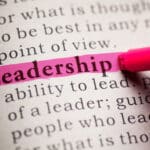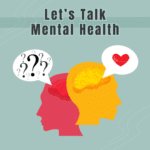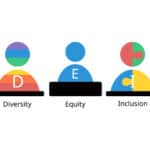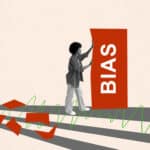With the increasing awareness and recognition of LGBTQIA+ community, having a clear understanding of the terminology is an important step in creating a respectful and inclusive work environment that prioritizes Diversity, Equity and Inclusion (DEI). Such steps can make a huge impact on the community and people around you as they feel valued and understood. While the terminology and the identity labels are constantly evolving, the below list is merely a reference guide and not inclusive of the entire spectrum. It may or may not reflect every individual’s identity and thoughts.
The terms & definitions have been quoted from the course “LGBTQIA+ Inclusion In the Workplaces” offered by American Diversity Initiative.
LGBTQIA+ Terms and Definitions
ALLY
A term generally relating to a person who actively supports, respects and stands up for the rights of their coworkers who identify as LGBTQIA+. Allies may or may not identify themselves as LGBTQIA+. In the workplace, allies play a crucial role in building an inclusive culture where LGBTQIA+ individuals feel welcomed and respected.
ASEXUAL
A term used to describe a person who doesn’t experience sexual attraction towards other people, or lacks interest in any sexual activity.
ASSIGNED SEX
Assigned sex is the sex (male, female or intersex) assigned to someone based on their biological factors and physical anatomy. People may or may not identify themselves with their assigned sex.
BISEXUAL
Commonly referred to as “Bi”. A person who acknowledges themselves to be attracted to people of more than one gender/sex.
CISGENDER
A term used for individuals whose gender identity matches their sex assigned at birth. A person who was assigned the sex of “female” at birth and identifies as a woman/female is an example of a cisgender individual.
CISNORMATIVITY
The underlying societal belief and assumption that being cisgender is the norm and that the other sexual orientations are abnormal or different.
GAY
A sexual orientation describing people who are attracted to people of the same gender and/or sex as themselves. Commonly used to describe men.
GENDER
Gender is a social classification created by society based on the expectations, norms, behaviours & roles that are associated with being male, female or any other gender identity.
GENDER BINARY
Similar to the term gender, gender binary concept also categorizes people as either male or female based on the societal expectations and norms and are expected to conform to the gender identities assigned to them.
GENDER EXPRESSION
The way how someone expresses their gender identity and their choices in terms of clothing, hairstyle, body language, communication, mannerisms, social interaction etc.
GENDER FLUID
Describes a person whose gender identity is not fixed; they may identify themselves as a mix of more than one gender or sometimes no gender at all.
GENDER IDENTITY
A personal sense and experience of how an individual feels inside about their own gender and believes themselves to be. It may, or may not, align with their assigned sex.
HETERONORMATIVITY
The underlying societal belief and assumption that being heterosexual or straight is the norm and that the other sexual orientations are abnormal or different.
HETEROSEXUAL
Refers to a person who is attracted to people of a different gender or sex. Often referred to as “straight”.
INTERSEX
A term used to describe people whose biological sex characteristics including genitalia, hormones, chromosomes or internal anatomy; does not fit into the socially accepted classification of “male” or “female”. While many intersex people are identified as intersex at birth, many are not until later in life or may go undiscovered.
LESBIAN
A sexual orientation that describes a woman/female who is attracted to another woman/female. They may prefer the term lesbian or gay or queer.
LGBTQIA+
LGBTQIA+ is an acronym that stands for: lesbian, gay, bisexual, transgender, queer or questioning, intersex, asexual and more. These terms describe an individual’s sexual orientation or gender identity. The plus (+) signifies the expanding spectrum of the diverse gender identities and sexual orientations. The aim is to be respectful and inclusive with an understanding of these terms and identities.
NON-BINARY
An umbrella term (encompassing many gender identities) that is used to describe a person whose gender identity falls outside to the traditional gender (male or female) structure. While some people experience a mix of genders, others do not experience gender at all.
PANSEXUAL
Refers to a person who is attracted to people regardless of their gender identity, biological sex or sexual orientation.
PHOBIA
This term refers to an extreme, irrational fear and hatred towards something. Homophobia is directed towards people who are lesbian and gay; biphobia is directed towards people who are bisexual; and transphobia is directed towards people who are trans. You may also hear the umbrella term queerphobia.
QUEER
The word “queer” is used to describe a spectrum of gender identities and sexual orientation that do not conform to societal norms of gender binary. Also used as a term to describe more fluid identities. Traditionally used as a slur, this word has now been reclaimed by the LGBTQIA+ community as a sign of pride and empowerment.
QUESTIONING
Term used to describe all the individuals who are in the process of discovering and exploring their gender identity and/or sexual orientation and may not have a clear label or identity yet.
SEXUAL HARRASMENT
Workplace sexual harrasment involves repeated or one-time unwanted sexualized actions/behaviours that can be harmful and offensive in the work environment. These acts can have a negative impact on an employee’s well-being, performance, and comfort level in the workplace.
SEXUAL ORIENTATION
Sexual orientation is an individual’s internal experience and self-identification state of physical, emotional, spiritual, romantic attraction towards other people.
STRAIGHT
Refers to a person who is attracted to people of a different gender or sex. Often referred to as “heterosexual”.
TRANSGENDER
Often used as an umbrella term that covers and describes a diverse range of gender identities and expressions. Also abbreviated as “trans”, this word refers to an individual whose gender identity does not align with their assigned sex.
TWO SPIRIT
Identity label used by some indigenous groups (who are LGBTQIA+) to describe a person that possesses both “masculine” and “feminine” spirits within them.
Read more: DEI In the workplace – A checklist for Diversity and Inclusion
Understanding LGBTQIA+ pronouns and why they matter?
WHAT IS A PRONOUN?
Pronoun is a noun that is used to refer to a person without using their name. In the LGBTQIA+ community, pronouns are significant because they are closely tied to someone’s gender identity. While some individuals use the pronouns associated with their assigned sex at birth, others prefer to use pronouns that correspond to their gender identity. Using correct pronouns is essential because it acknowledges a person’s gender identity and shows respect to their individuality.
PERSONAL PRONOUNS
Personal pronouns are the pronouns that individual identifies with and feels most comfortable using. In the workplace or outside, personal pronouns are used in everyday communication (speech & written) to address people. Using gender-specific pronouns (like she/her and he/him) assumingly can hurt somebody’s sentiment & create discomfort about their identity. The use of accurate pronouns at work can set a tone of respect and create a positive environment for everyone.
Companies can start the practice of stating one’s pronouns in the email signatures and during meeting introductions to normalize the discussions of gender identity and acceptance of the LGBTQIA+ community. Such initiatives can help avoid misgendering or identity assumptions and foster a work culture that is inclusive & welcoming.
Here are few common pronouns and their meanings –
- She/Her and He/Him – Traditional gendered pronouns for people who identify themselves as female and male respectively.
- They/Them – Used as singular pronouns for individuals who do not identify as male or female, or who identify as non-binary
- Zie/Hir or Xe/Xem – Gender-neutral pronoun sets, used as alternatives to they/them/their.
- Name – For people who don’t want to be referred with pronouns but by their name only
It is respectful to use the pronoun an individual prefers to describe or identify themselves.
If you are unsure, it is always better to use a gender-neutral term, i.e, they/them. Using “they/them” in the singular form is grammatically correct.
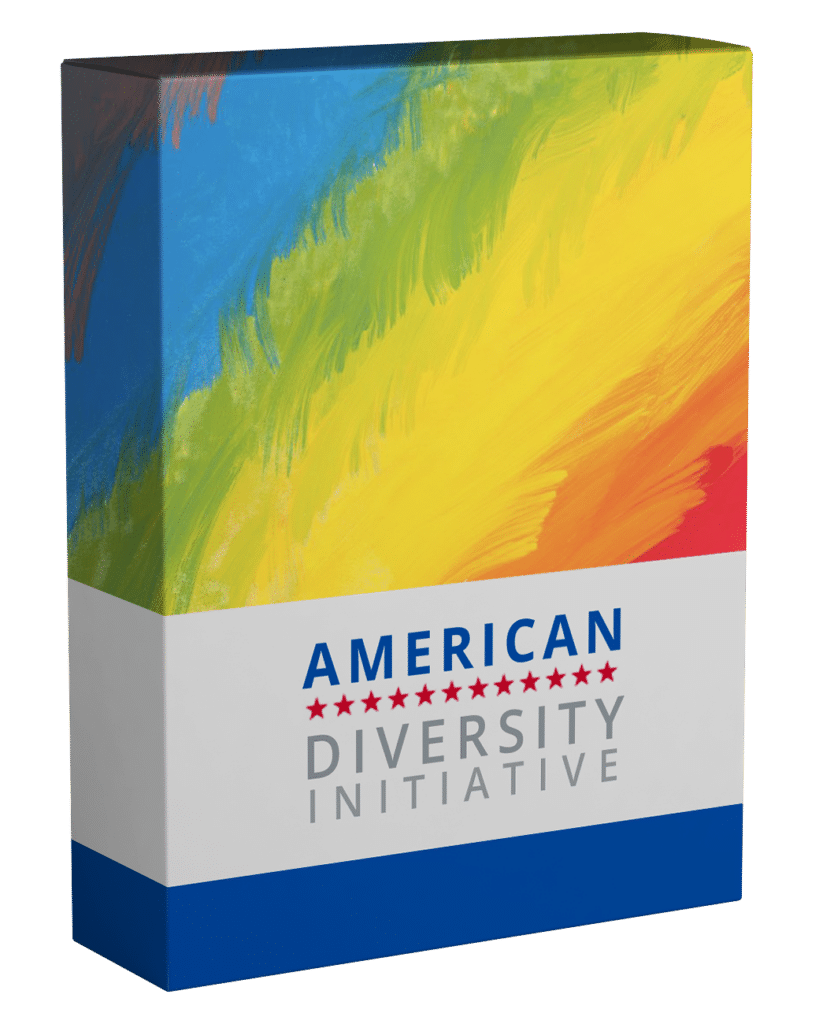
Education plays an integral role in creating awareness, open communication and respect for LGBTQIA+ individuals. LGBTQIA+ Inclusion in the workplace serves as a starting point to pave the way for deeper conversations and encourages to build an inclusive workplace where people feel safe and supported. This training will help you gain a comprehensive understanding of the LGBTQIA+ spectrum, its fundamentals, respectful terminology and pronouns.
Learn more about LGBTQIA+ Inclusion in the workplace training



